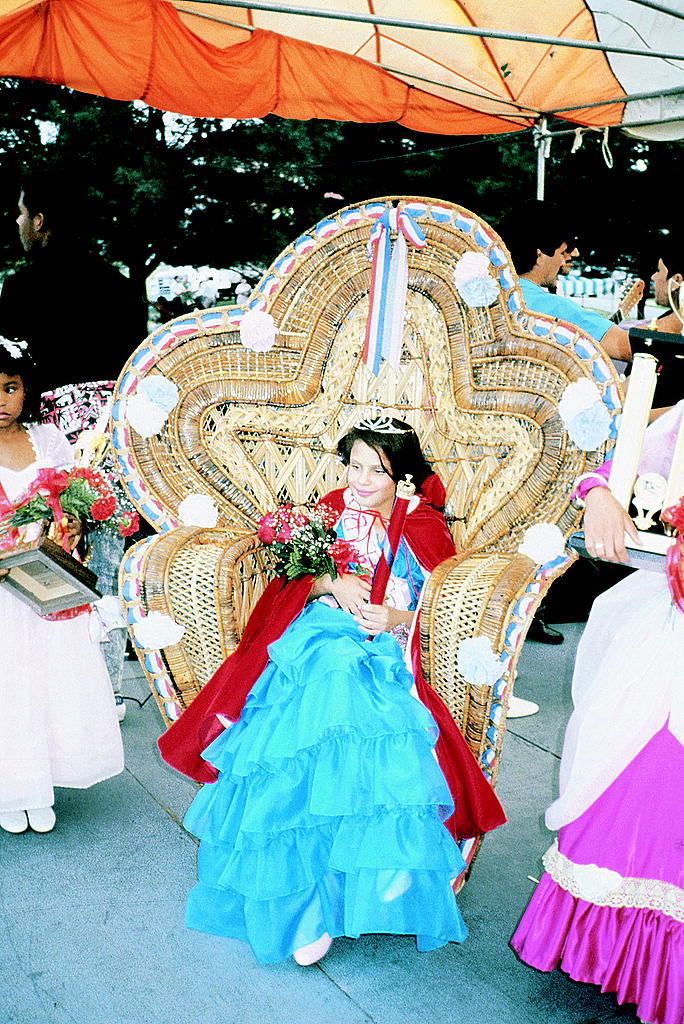A research unit and project developed during the National Endowment for Humanities Landmarks of American History and Culture Workshop – Forge of Innovation: The Springfield Armory and the Genesis of American Industry, in the summer of 2015, the following five-day lesson plan and subsequent independent student study, contains a comprehensive companion site to drive student learning and…

Produced during the National Endowment for Humanities Landmarks of American History and Culture Workshop – Forge of Innovation: The Springfield Armory and the Genesis of American Industry, in the summer of 2015, the following lesson plan explores the domestic role of Women during World War I. Through the careful examination of Library of Congress primary source documents and secondary source…

Civics and U.S. History courses raise the question: What does it mean to be an American? The case of Puerto Rico is an interesting one because Puerto Ricans find themselves in limbo between American citizenship and Puerto Rican nationalism. The following primary source sets explore the unique relationship between Puerto Rico and the United States including the different factors that influence…

Emerging America, in a partnership with the Abraham Lincoln Brigade Archives, has a produced a primary source-filled lesson on the Spanish Civil War (1936-1939) – arguably the start of World War II. In this complex conflict, all sides used propaganda to sway the opinions of Spanish citizens and nations around the globe. The most apparent form of propaganda used was posters created by each side…

Boston Public Schools teachers collaborated on this lesson to engage students with the sweep of American industrial and urban history. Due to Boston’s breathtaking changes in landscape, including the filling of much of Boston Harbor to create neighborhoods–the city offers a dramatic case study of change across the ages. Emerging America brings this lesson to you thanks to the outstanding map…

